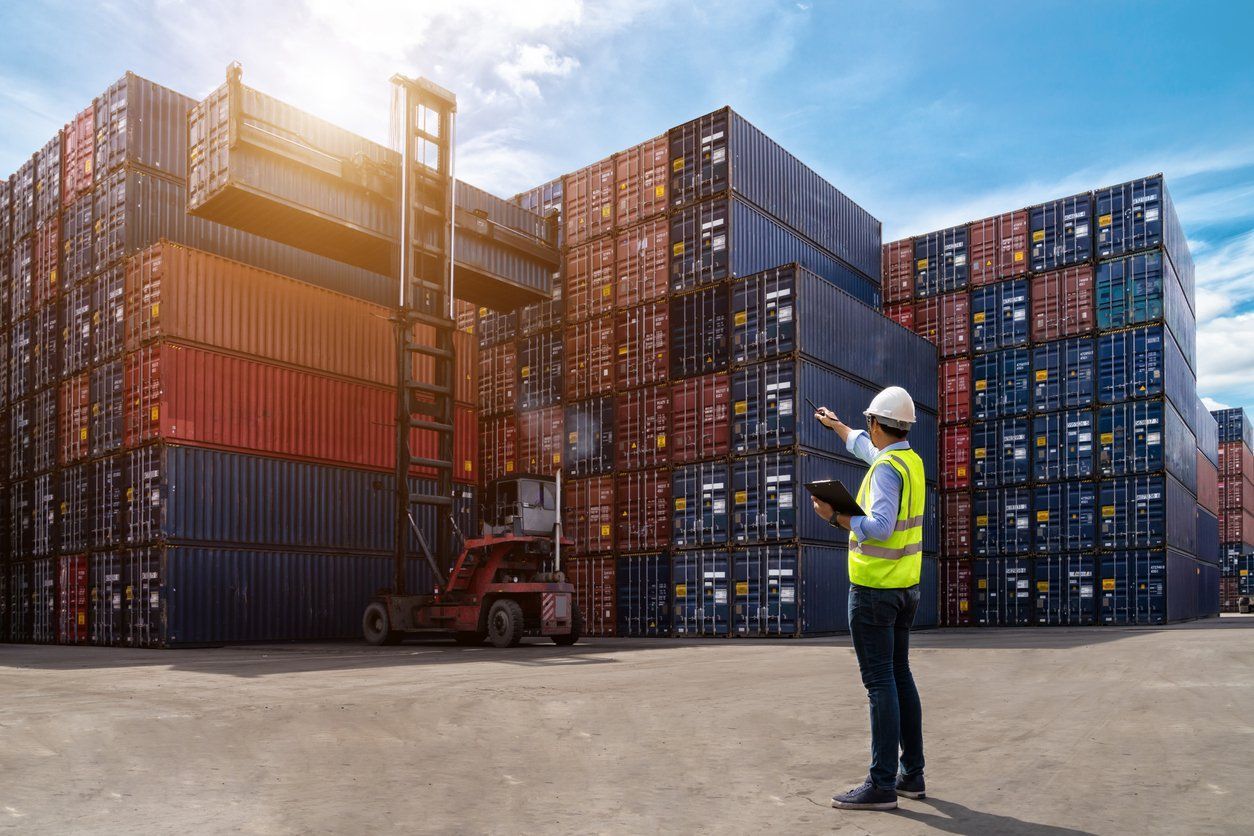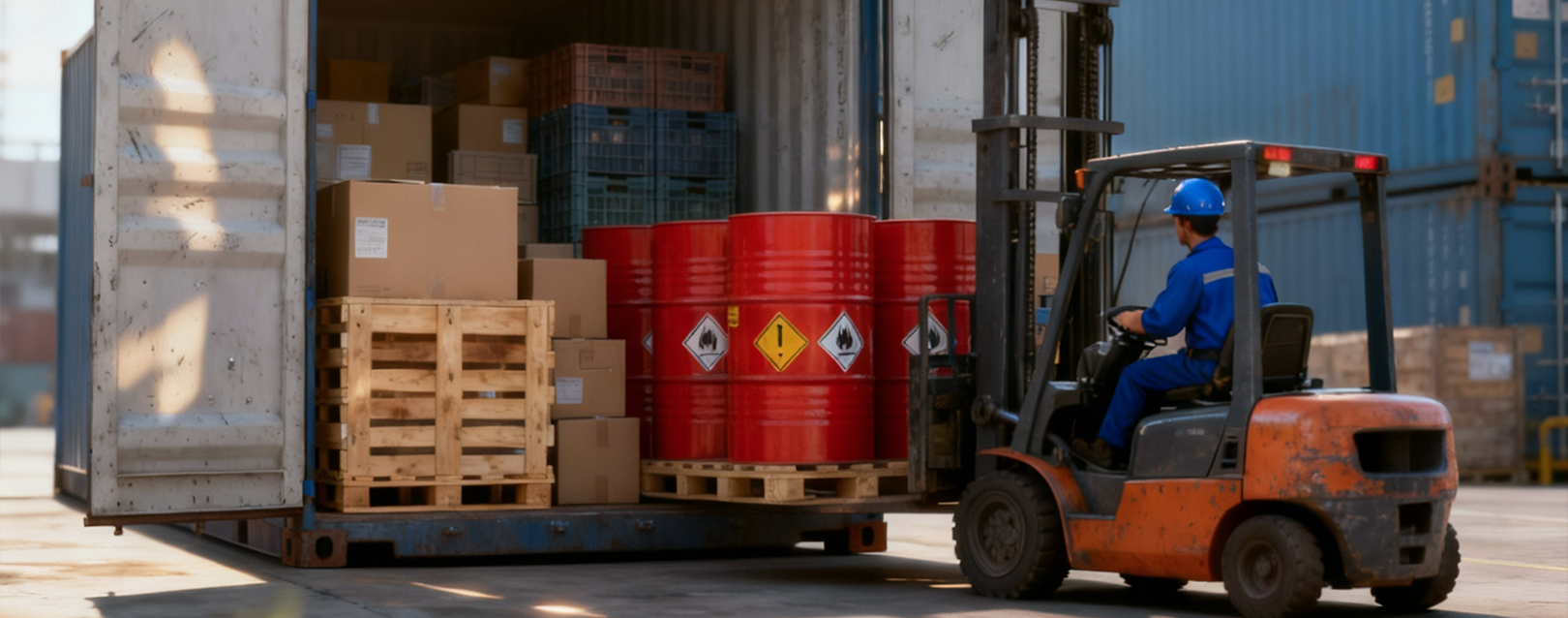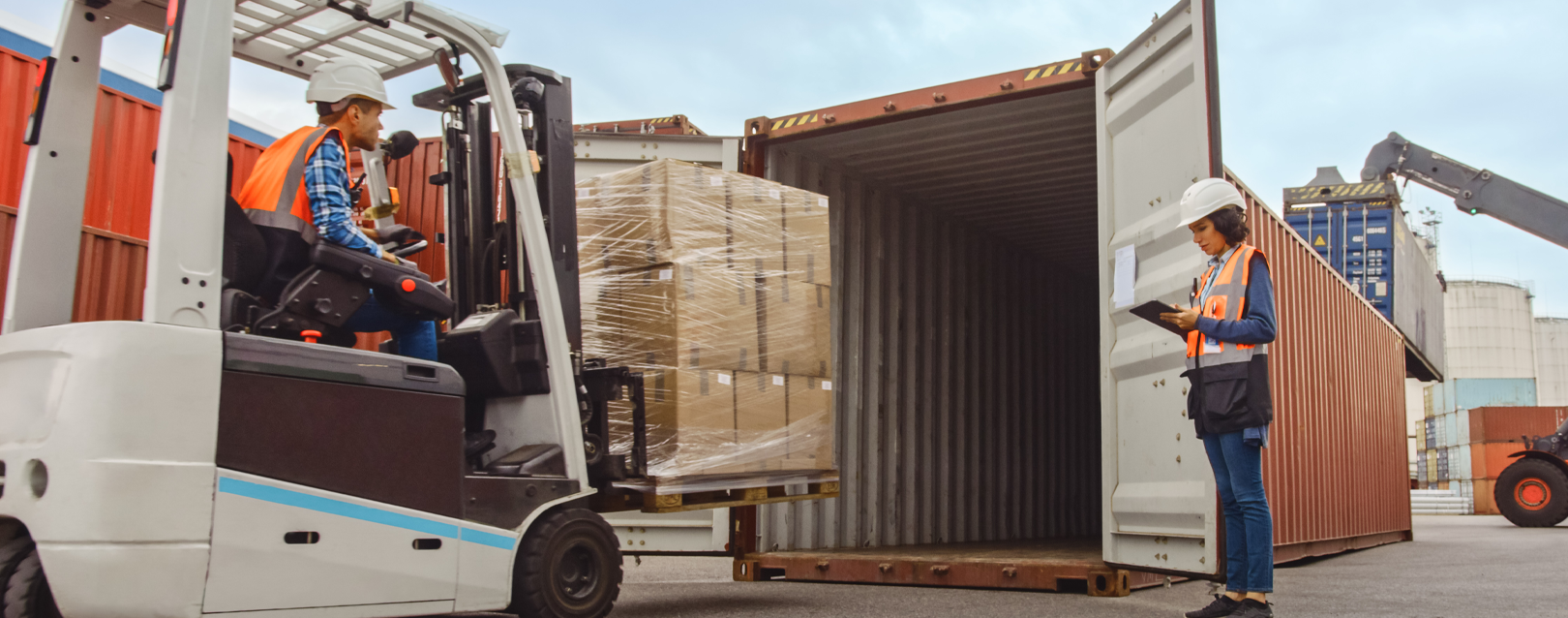
Special series:
Comex from analog to digital: to remember the past, learn about the present, and reflect on the future!
Exclusive content about the path of Brazilian foreign trade!
Here at Allink, we are passionate about foreign trade, so we thought of something special to pay tribute to this unique science that is a fundamental part of the world's evolution. This desire gave rise to this material, which brings together reports, research, and reflections on the evolution of foreign trade in Brazil from the computerization of processes to the present day and, as a bonus, some perspectives for the future.
Below you can embark on a unique journey, which brings information that you won't find on Google: visions and reports that come from the daily experience of doing foreign trade by professionals with a wealth of experience in the area!
Commanders of this journey:
Carla Vieira - Allink: The creator of this journey!
She has been working in foreign trade since 1998, working in several sectors. She has worked in the import, export, freight forwarder, commission agent, and dispatch segments, among others. She is currently responsible for marketing at Allink, a company where she has worked for 10 years. Carla was responsible for the creation and implementation of the foreign trade week activities, including the interviews that resulted in this material.
David Brandão Tavares - Blue Route: An enviable resume!
He is 57 years old and currently works at Blue Route. His career in foreign trade is extensive, starting in the 1980s. He worked for 5 years at Paiva & Cia Ltda; 3 years at Airways Serviços de Comércio Exterior; 1 year at Rhenus-Asas Transportes Internacionais; 2 years at Comissária de Despachos Itápolis; 21 years at Barci & Cia Ltda; 9 years at Servimex Logística Ltda and 6 months at Fiorde Assessoria e Despachos.
THE COMEX SHIP SAILED OVER TWO CENTURIES AGO? BUT LET'S REMEMBER A LITTLE OF THE ITINERARY SO FAR?
Was there a time when working in foreign trade meant spending half your time at the gym? Arms and legs, at least, were involuntarily trained between decisive stamps and walks with paperwork in hand. Can you imagine yourself working like that? Or did you sigh remembering the old days?
We interviewed David Brandão Tavares, who embarked on the area in the 80s, that is, before the computerization of customs processes. He experienced the transition from analog to digital, the evolution that this brought, the implementation of Siscomex, the transformation of the profession based on these changes and continues on board, now at Blue Route.
Inspired by the words of this professional passionate about foreign trade, we brought some interesting facts about the transformation that has occurred in the area: to remember the past, think about the present and, who knows, reflect on the future! Are you ready?
WHEN THE DI WAS MADE OF PAPER, THE 4TH COPY EVEN LOST ITS COLOR FROM SO MUCH HANDLING!
DIs were filled out using the heavy buttons on typewriters. There was a standard form that had to be issued in 5 identical copies, which was done using carbon paper. It is no surprise that seeing what was written on the last copies was difficult, but there were those who made up to 7 to store copies and avoid photocopying.

“These five copies had different colors, so the first copy was black, the second one was sepia, right? Which is that brown that’s kind of like the color of a donkey when it runs away. And the others, the third copy was also black, the fourth copy was green. So it was easy to identify which was the fourth copy, by the color, right?”
There was no e-mail and fax machines didn't work very well. So, David says, the 4th copy had to be sent back and forth, because it was distributed to the inspectors manually: “it was in tatters”. During this journey, to find out who the form had been distributed to, the dispatchers would be huddled in front of a panel “like kids trying to see if they passed the entrance exam”.
It seems like things were difficult, but they had their magic...
BACK IN THE DAYS THEY DIDN'T NEED DUMBBELLS
In the various sectors of foreign trade, manual labor went beyond operating the typewriter skillfully, to mark the X in the correct option on the form. The DI number was engraved on the form with a pneumatic press, which punched the respective numbers. All analog!
Small to huge stamps were manipulated to certify the documentation: sheet by sheet. The signatures were also made at the tip of a pen. Can you imagine the work? At least the triceps would be fine. guarantee!
IT WAS NOT EASY FOR ANYONE!
Have you ever imagined what it was like to manage imports and exports when each customs office adopted its own numerical sequence? That's how it was before the RE. It was almost a trigger! Well, back then the amount of imports and exports was smaller.
According to Comex Sat, in 1997, the year Siscomex was implemented for imports, this activity totaled $60,537,962,059 and exports $52,947,495,532. In 2021, imports totaled R$219,409,359,680 and exports R$280,632,533,563. It's a good thing we integrated to better handle this volume, right?
But the facilities gained in customs activities didn't come only from integration and computerization. Do you know the Green Channel? It didn't exist. Customs clearance was done by the inspectors' comb. David says with humor that today's inspectors are very lucky:
“Today, they receive four or five DIs per day. They are from the red and yellow channels, whereas in the past, inspectors received all of them. At the time, they would decide whether or not to check them, but I don't know of an inspector who didn't check them.”
Apart from the lack of a Green Channel, things were even more robust and adventurous. The inspectors didn't have their own room. For example, at Congonhas airport, they would sit on wooden benches around the warehouse. There, the dispatchers would leave piles of storage copies even before the inspector arrived: a preventive measure to try to ensure the speed of the process. If you freak out when you have to wait 10 seconds for a website to load, think about what delays meant back then?
WHO'S AFRAID OF DIGITAL? NOT THE COMEX PEOPLE, THEY HAD A PARTY!
While many areas resisted and still resist the digitalization and automation of processes, people in foreign trade celebrated when computerization arrived there. After learning a little about the hardships of each activity, it makes sense, don't you agree?
Of course, there was that little fear of being replaced by machines. But, what agile people: they quickly realized other possibilities and the professions in the area were transformed along with technological evolution. Not even the biggest changes, such as the implementation of Siscomex, scared these people:
“So, I remember, on the first day we managed it right away, but at the end of the day, because we spent the whole day struggling to see how to do that thing there. And it was a celebration, right? I mean, the fight was to see who would register the first one! [...] The first week of Siscomex was an event, an occurrence in all the commission offices and importers.”
With technological progress, activities that were a true Odyssey were reduced to a few clicks. David lived through this revolution from analog to digital, embraced the changes, adapted to each transformation in work processes and was always optimistic about the future of foreign trade. In his account, we were able to see the transformations in careers in the area and we are proud of how much foreign trade has kept up with the world's evolution!
Ready for the next journey? Get your ticket and embark on the link:
Other frontiers before digital.
Can you imagine what it was like to communicate in the day-to-day life of foreign trade before remote communication technology? Here, those who lived through it talk about it!
Continue a navegar no blog da Allink
Mantenha-se informado sobre o comércio exterior
Assine nossa newsletter e receba atualizações semanais de forma gratuita sobre o mundo da logística.





